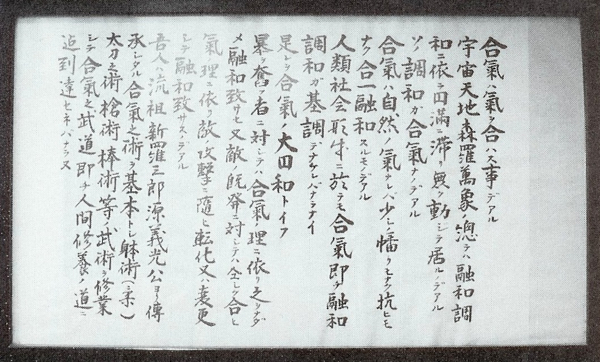January 1998, Dojo-biraki at Sagawa Dojo
Yukiyoshi Sagawa’s last commemorative photo at age 95
Masaru Takahashi left, next to Yukiyoshi Sagawa – Kimura Tatsuo front, second from right
An approach to Aiki through simple mechanical principles.
Masaru Takahashi (高橋賢) began training with Yukiyoshi Sagawa on May 5th of Showa year 47 (1972), and continues to instruct at the Sagawa-den Daito-ryu Aiki Budo Sagamihara branch dojo (佐川伝大東流合氣武道相模原支部) and at the Daito-ryu Sagawa Dojo hombu (大東流佐川道場本部) in Kodaira city. He also runs an acupuncture clinic in Sagamihara City, and teaches Taiji as taught to him directly by Ryuchi Matsuda (松田 隆智), a well known Japanese researcher of Chinese martial arts and author of a popular Japanese manga called “Kenji”.
The manga “Kenji” (拳児), by Ryuchi Matsuda
Yukiyoshi Sagawa became a student of Daito-ryu Chuko-no-so (“Interim Reviver” / 中興の祖) Sokaku Takeda somewhere around 1913 – some three years before Aikido Founder Morihei Ueshiba would meet Takeda at the Hisada Inn in Hokkaido. Sagawa’s father Nenokichi (佐川子之吉 1867–1950) was a long time supporter of Takeda, and was actually present at the Hisada Inn when Ueshiba was introduced to Takeda by Kotaro Yoshida.
Takahashi sensei is a frequent contributor of articles researching the Japanese martial arts and Daito-ryu to the monthly Japanese Budo magazine Hiden (月刊秘伝), published by BAB Japan (“BAB” stands for “Budo and Bujutsu”).
He is also the author of a book on Chinese Qigong, 中国秘伝の秘伝術気功法, which has been translated into English and published as “Qigong for Health“.
This article is the second part of an excerpt from Takahashi sensei’s book “The Truth of Daito-ryu Aiki” (大東流合気の真実), which was published in Japanese by Fukushodo Co. Ltd. in September 2007.
Other sections from this book appear in the articles “Sagawa Yukiyoshi, Masaru Takahashi and Breath Training in Daito-ryu” and “Strange, Odd and False Theories of Aiki“.
You may wish to read part one of this article before continuing. (more…)

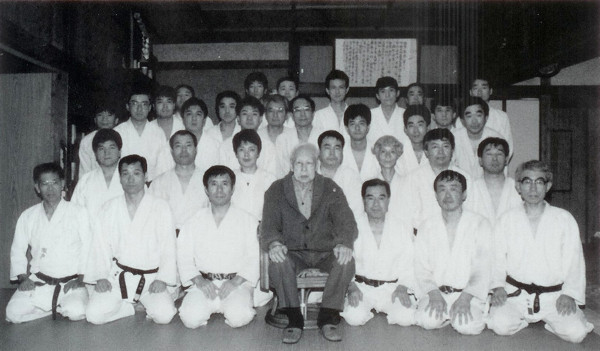
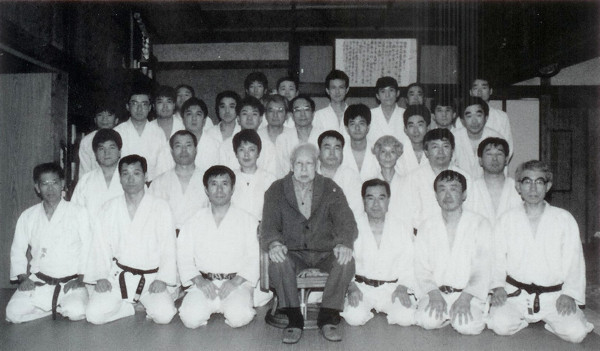
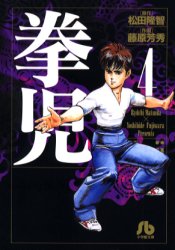
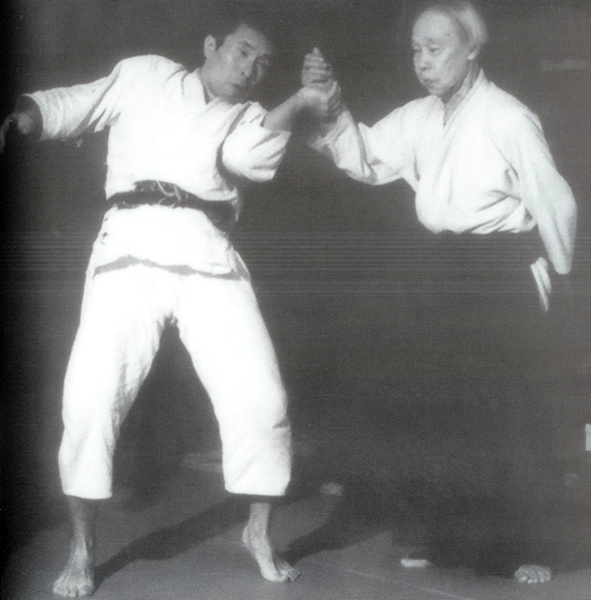
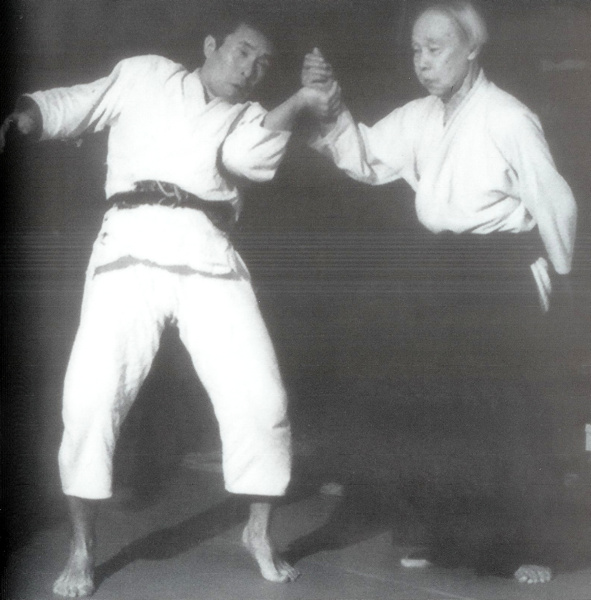


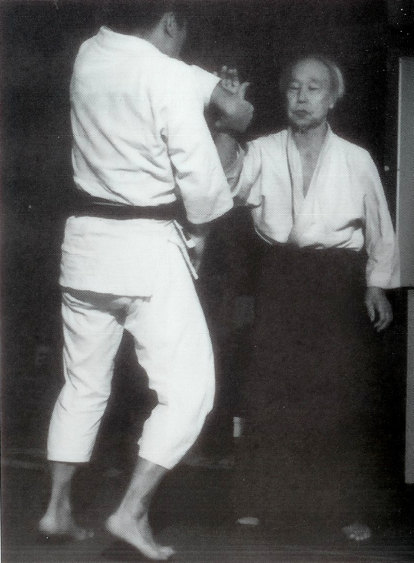

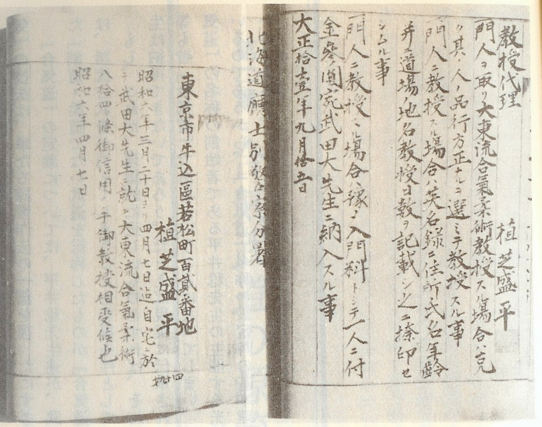
![Aiki Budo is de Weg van Menselijke Ontwikkeling [Dutch Version]](https://www.aikidosangenkai.org/blog/wp-content/media/sagawa-scroll_1.jpeg)
